What’s the best film adaptation of Jules Verne’s 20,000 Leagues Under the Sea? Let’s discuss them all.
By now you’ve heard I’m co-editing an upcoming anthology called 20,000 Leagues Remembered, a collection of short stories intended to honor the original novel on its sesquicentennial. I’m really looking forward to reading the submissions. (Click here for more information.)
In the meantime, I figured I’d offer a brief discussion of the film versions. In doing this, I’m only considering live-action (not animated) versions, and only those sharing the title of Verne’s novel. Therefore, I’m not including Captain Nemo and the Underwater City (1969), the TV miniseries Kapitan Nemo (1975), The Amazing Captain Nemo (1978), or 30,000 Leagues Under the Sea (2007).
1907 – Star Film Company
First on our list is a silent black and white movie from 1907. It was really a loose parody of the novel, featuring a fisherman who dreamed of traveling by submarine and encountered a Fairy of the Ocean and her dancing coterie of naiads. He’s attacked by large fish, a crab, and an octopus. For the audiences of the early 1900s, it must have been very exciting. Directed by the amazing George Méliès, the film is just eighteen minutes long and you can watch it here.
1916 – Universal Film Manufacturing Company
Nine years later, The Universal Film Manufacturing Company (now Universal Pictures) put out another silent black and white version, but this was much closer to the novel. Directed by Stuart Paton, the movie starred Allen Holubar as Captain Nemo, Curtis Benton as Ned Land, Dan Hanlon as Professor Aronnax, and Edna Pendleton as Aronnax’s Daughter. This was the first motion picture filmed underwater, though they used a vertical tube with mirrors lowered from a boat rather than using underwater cameras. The film includes some very long sequences showing nothing but fish and coral. To make the movie, they built a full-size mock-up of the surfaced Nautilus, which could be driven and steered. The movie’s plotline deviated considerably from the novel and incorporated elements of Verne’s The Mysterious Island. At 105 minutes in length, you can watch it here without paying the 25¢ fare they charged in 1916.
1954 – Walt Disney Productions
This is the most famous version. Produced by Walt Disney Productions and directed by Richard Fleischer, the film starred Kirk Douglas as Ned Land, James Mason as Captain Nemo, Paul Lukas as Professor Arronax, and Peter Lorre as Conseil. Of all the film versions, this one adhered most closely to the novel, but the character Ned Land was more prominent than in the book. Still, it was James Mason’s performance as an internally tortured Nemo that truly shined. The fanciful, steampunk Nautilus used in the movie has become iconic, and the attack of the giant animatronic squid was the film’s highlight. The movie is 127 minutes in length, and you can watch the trailer here.
1997 – Hallmark Entertainment
A curious thing happened in 1997. Two made-for-TV versions came out within months of each other. The first to air was produced by Hallmark and aired on CBS on March 23rd. Directed by Michael Anderson, it starred Richard Crenna as Professor Aronnax, Ben Cross as Captain Nemo, Paul Gross as Ned Land, and Julie Cox as Sophie Aronnax, the Professor’s daughter. This movie, as well as the 1916 version, featured submarines whose exterior shape most closely matched the novel’s descriptions. Deviations from the novel included the substitution of Sophie for the Conseil character; the presence of women among Nemo’s crew; the addition of a love triangle between Nemo, Ned, and Sophie; and the substitution of a strange sea monster for the giant squid. The movie was 95 minutes long and you can watch the trailer here.
1997 – Village Roadshow Pictures
The second of the two 1997 versions was produced by Village Roadshow and aired on ABC on May 11th and 12th. Directed by Rod Hardy, this one starred Michael Caine as Captain Nemo, Patrick Dempsey as Pierre Arronax, Mia Sara as Mara (Nemo’s daughter), Bryan Brown as Ned Land, and Adewale Akinnuoye-Agbaje as Cabe Attucks (a crewman on the USS Abraham Lincoln). The Nautilus in this film was menacing, wide, and shaped like a spiky crab. The movie contained numerous deviations from the novel, including a mechanical hand for Captain Nemo, a motivation for Nemo that involved preventing earthquakes long-term by triggering some in the short-term, an Oedipus complex for a young Professor Arronax, and a menacing version of Ned Land. At 158 minutes, it was the longest film adaptation of the novel.
Which version is best? Each one had strengths and weaknesses. Each one deviated from the novel to cater to contemporary audiences and to distinguish it from earlier versions. But overall, the 1954 Disney version best satisfied—
Poseidon’s Scribe

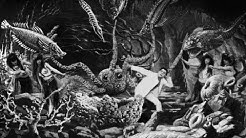
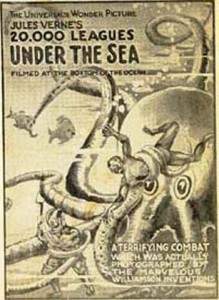
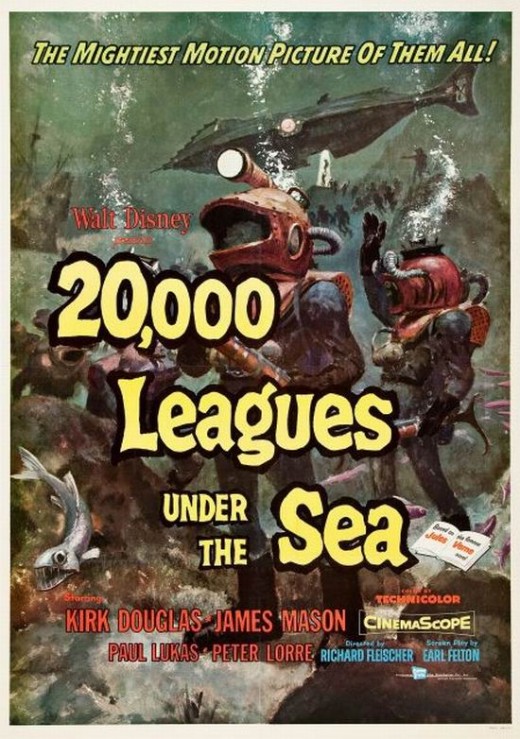
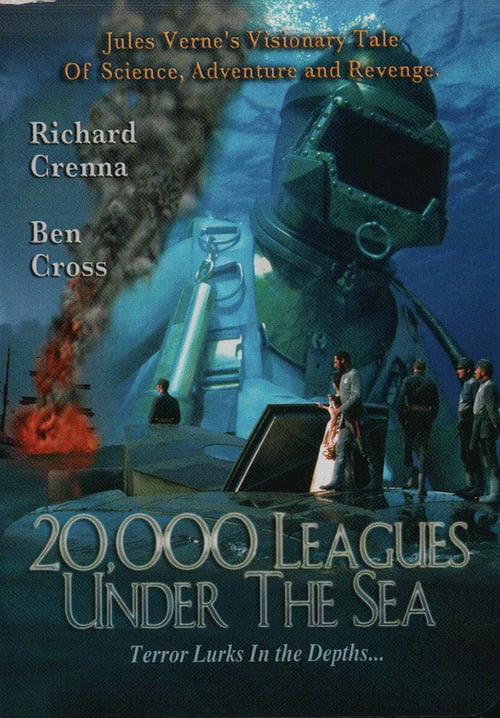
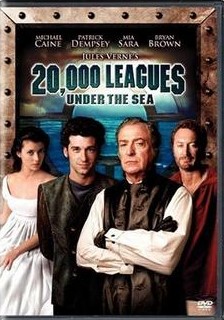


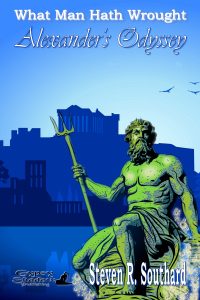
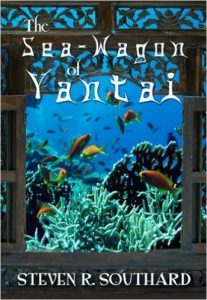
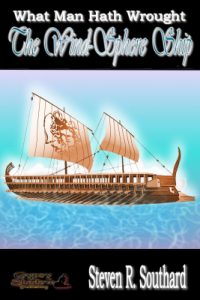
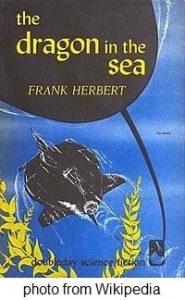
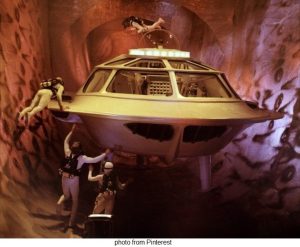
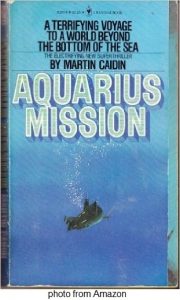
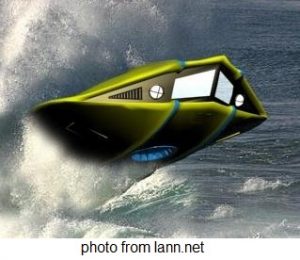
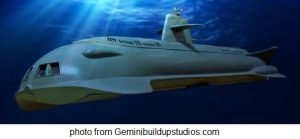
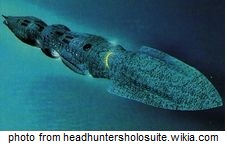

 That schedule is subject to change. I’ll post any changes here as I find out about them. There are many other things to see and do at Chessiecon, other than attending my panels, readings, and signings.
That schedule is subject to change. I’ll post any changes here as I find out about them. There are many other things to see and do at Chessiecon, other than attending my panels, readings, and signings.